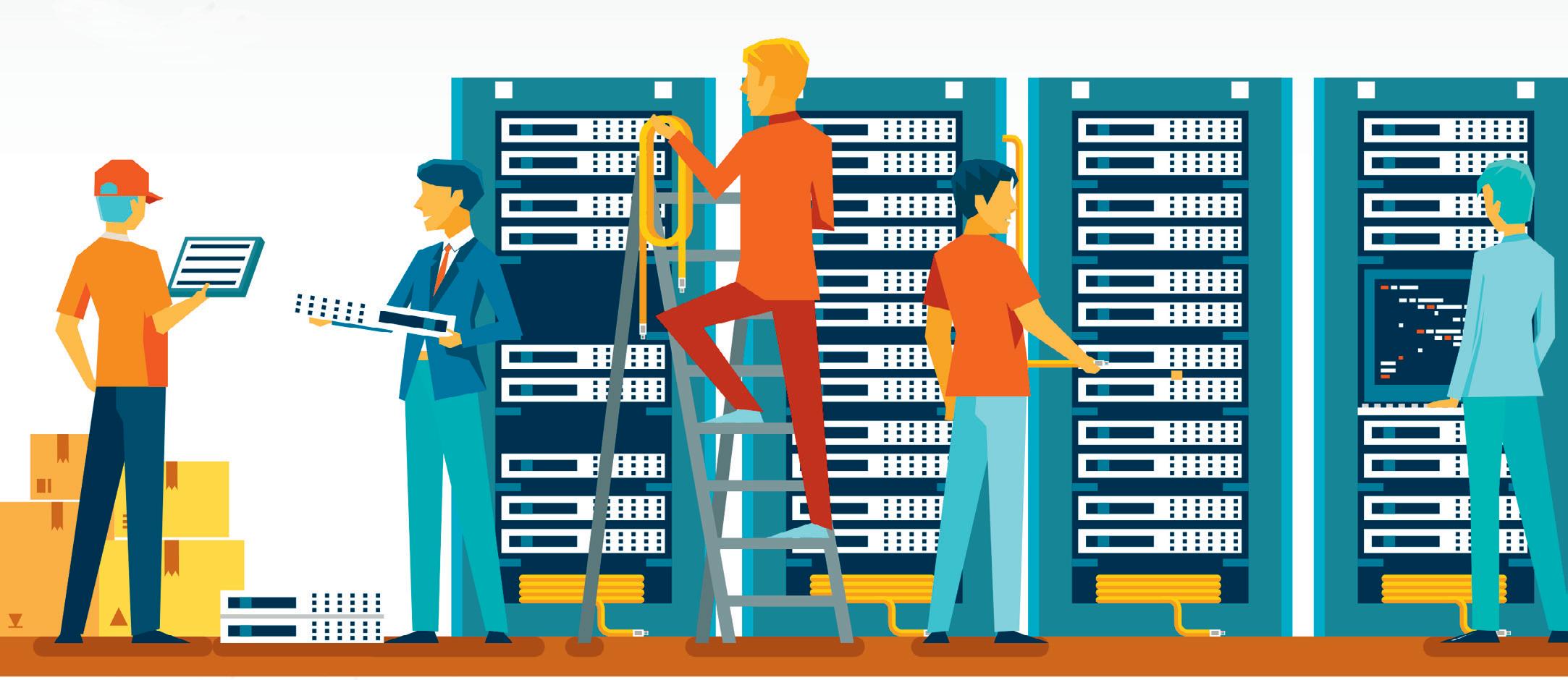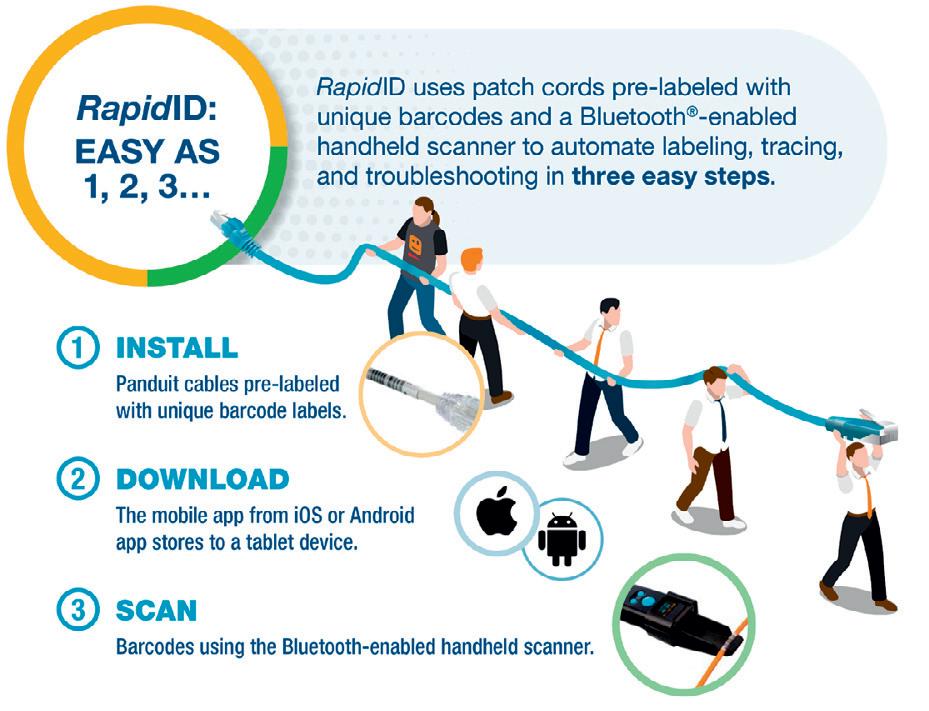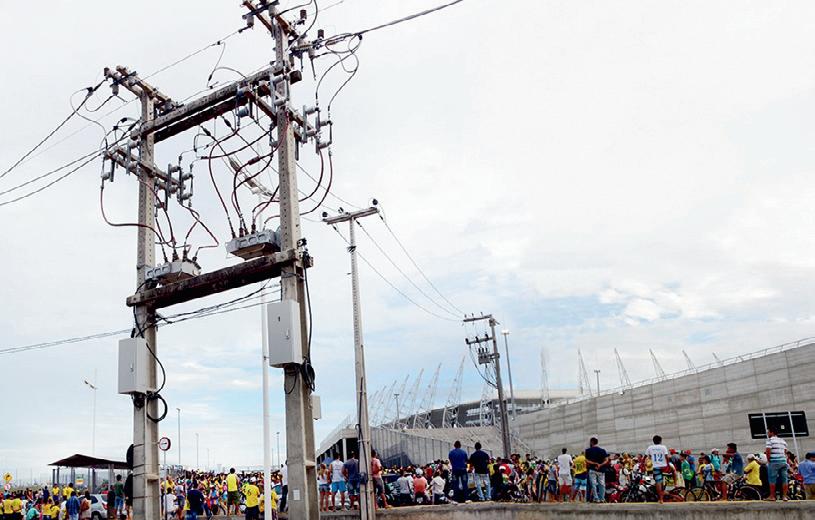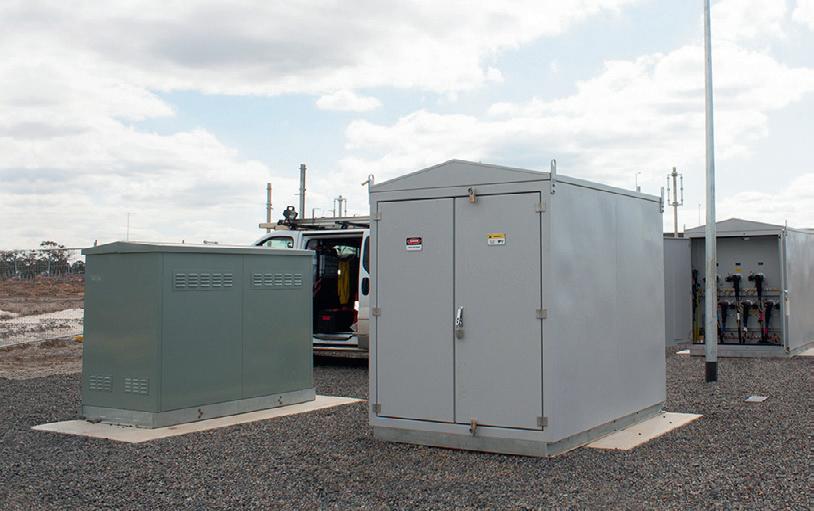
7 minute read
Hydrogen energy for everyday life
HYDROGEN ENERGY
FOR EVERYDAY LIFE
Toyota and its subsidiary, Woven Planet Holdings (Woven Planet), are studying a number of viable pathways to carbon neutrality and consider hydrogen a promising solution.
Hydrogen has significant advantages: it produces zero carbon dioxide emissions when used and, when produced using renewable energy sources such as wind and solar, CO2 emissions are minimised during the production process as well. It can be used to generate electricity in fuel cell systems and can also be used as a combustion fuel. Toyota and Woven Planet have developed a working prototype of Toyota’s portable hydrogen cartridge, which aims to facilitate the transport and supply of hydrogen energy to power a range of everyday applications in and outside of the home. Toyota and Woven Planet will conduct proof-of-concept (PoC) trials in various places, including Woven City — a ‘human-centred’ smart city of the future currently being constructed in Susono City, Shizuoka Prefecture, Japan.
Together with ENEOS Corporation, Toyota and Woven Planet are working to build a comprehensive hydrogen-based supply chain aimed at expediting and simplifying production, transport and daily usage. Their trials will focus on meeting the energy needs of Woven City residents and those living in its surrounding communities.
A particular benefit of hydrogen cartridges is their portability and affordability, making it possible to bring hydrogen to where people live, work and play without the use of pipes. The small-scale infrastructure can meet energy needs in remote and non-electrified areas and be swiftly dispatched in the case of a disaster.
Next steps for the hydrogen cartridge
Today most hydrogen is generated from fossil fuels and used for industrial purposes such as fertiliser production and petroleum refining. To use hydrogen as an energy source in the home and daily life, the technology must meet different safety standards and be adjusted to new environments. In the future, Toyota expects hydrogen will be generated with very low carbon emissions and used in a wider variety of applications. The Japanese Government is working on a range of studies to promote the safe early adoption of hydrogen. Woven City will explore and test an array of energy applications using hydrogen cartridges, including mobility and household applications.
The ultimate goal of the project is to realise a carbon-neutral society where everyone can access clean energy, first in Japan and then throughout the world.
The portable hydrogen cartridge prototype was showcased at Super Taikyu Series 2022 Round 2 at Fuji Speedway from 3–5 June. The showcase was geared towards teaching people about how hydrogen energy works and helping them imagine the different ways hydrogen can become a useful part of their daily lives.
Toyota Motor Corporation Australia Ltd www.toyota.com.au


CASE STUDY Mitigating risk for a critical load

When is power reliability highly critical? All over the world, utility businesses and network operators are charged with providing a reliable supply of electricity. This is the operating goal, but on some occasions, failure to supply electricity carries increased consequences. Think of critical infrastructure. A hospital? A water treatment plant? A data centre?
While these critical asset operators may build their own mitigation strategies for power outages, network operators can also offer increased reliability performance for specific connection points. The technique is known as auto-changeover.
Functionally, auto-changeover is the application of multiple sources to a load. If a source supply quality degrades, the autochangeover scheme automatically switches to the backup supply. This automation spreads the risk of outage across two different sources, providing a backup power supply if the primary source fails.
Fortunately, implementing this system is relatively straightforward. This article explores a couple of ways of implementing auto-changeover, then looks at two examples of the system in action. Basic auto-changeover configuration
Auto-changeover is a risk mitigation strategy where two separate sources are supplied for a single critical load. To implement the system, engineers select two power sources to supply a load. The power system engineer then designs a switchgear arrangement that automatically changes over supply between the two sources, whenever one of the power supplies fails.
The degree of outage mitigation provided depends on the independence of the supply: • If both incoming supplies come from the same substation, then the supply is only protected against failures of equipment in the connection chain from the substation to the critical load. • If the two supplies come from different zone substations, or different power stations, then the mitigation is far greater, offering protection against many more outage scenarios.
With this basic concept in mind, let’s explore two ways to implement this. Auto-changeover without communications
The simplest, cheapest way to build auto-changeover is to rely on voltage presence. Reclosers such as NOJA Power’s OSM Recloser have voltage sensing on both sides of the circuit breaker. Therefore, in the open state, the breaker can check that: (a) the critical load has voltage and (b) the backup supply is present.
Under this arrangement, there is no need for the two devices to communicate directly with each other. The presence of voltage on either side is enough to make switching decisions.
If the power supply fails on the primary supply (recloser 1) in our figure, the device is programmed to automatically open on loss of voltage. This prevents a backfeed from the other source when the power is restored from the backup.
Recloser 2 will see the backup source voltage high, but critical load voltage low. In this condition, it can automatically close the breaker, restoring supply.
If Recloser 2 closes after Recloser 1 opens, this is a ‘break before make’ scenario. The load experiences a minimal outage, but there is no backfeeding through the original supply line.
Alternatively, if Recloser 2 closes immediately on sensing loss of voltage to the critical asset, this is ‘make before break’. It carries extra risk of backfeeds, but it minimises the critical load outage duration.
Limitations to auto-changeover without communications
This first method is cost-effective but has a couple of key design limitations.
Firstly, there is no central way to disable the automation. Maintenance teams who need to work on the critical load must be aware that opening one breaker may cause the other to operate. This is an added risk that must be handled through works practices.
Secondly, this design does not prevent closing onto faults. If a fault occurs downstream of the primary supply, the primary recloser will trip to interrupt the fault. The problem arises when the second recloser detects the fault as a simple outage, and proceeds to re-energise the fault.
The second device can also be programmed to trip on the fault, but the system has created an extra energisation of the fault.
If these two limitations are not critical to the project, then a communications-free auto-changeover scheme offers improved reliability and customer value. If these two limitations are critical, then there are communications-enabled auto-changeover schemes to address these cases.
Auto-changeover with communications
To address the limitations in our first auto-changeover implementation, we can implement a communications link between the two switching devices.
NOJA Power’s OSM Recloser has a built-in auto-changeover function that uses this communication link to share information between the two devices. Each recloser monitors both the supply quality and the automation system quality.
If there is a power degradation, the reclosers communicate between each other, switching power between supplies. The reclosers also communicate with each other if a fault occurs, avoiding an extra recloser operation. Lastly, operators can disable the automation scheme from either side, solving the works practices challenges.
The most common method for implementing communications between the devices is through fibre-optic communications, but ethernet, Wi-Fi or radio communications are all possible. Project examples
1. Power supply to Brazil stadium To soccer fans, there are few more critical power supply points than a World Cup stadium.
In 2014, NOJA Power’s OSM Reclosers were used in an autochangeover scheme at Brazil’s Castelão stadium. This installation had both reclosers installed in close proximity, simplifying operations challenges but offering clear reliability benefits for the stadium. NOJA Power’s OSM auto reclosers used to protect Castelão stadium’s electricity distribution feeders.

NOJA Power GMK, Victoria.

2. Power supply to railway in Victoria, Australia Auto-changeover functionality is also applicable to NOJA Power’s GMK product for underground connections. In this project, two NOJA Power GMKs were used in an auto-changeover scheme to control the power supply to the electrified rail in Victoria.
The two GMKs were connected with a communications link, sharing information on supply quality and fault presence. This provided risk mitigation against closing-onto-fault scenarios, while maximising the power uptime for the operating rail network. Conclusion
Power reliability is among the key goals of electricity network operators. While critical assets may implement their own mitigation schemes, network operators can also offer increased supply reliability through implementing auto-changeover schemes.
“Power reliability is the expectation of most customers in the world today and methods to ensure reliability are being developed by all of our customers. An auto-changeover scheme is a simple way to achieve that for critical loads and has been deployed with and without communication links by our customers all over the world,” said NOJA Power Group Managing Director Neil O’Sullivan. NOJA Power Switchgear Pty Ltd www.nojapower.com.au







